Wildlife & forest garden design
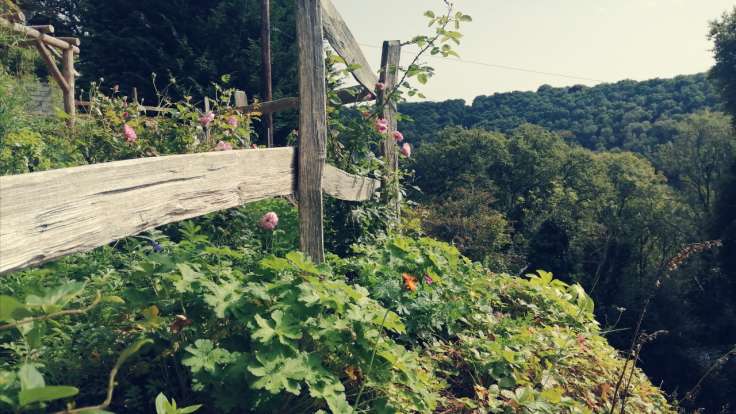
On the edge of the Clifftop Garden
I create and landscape wildlife food forest garden designs that are sustainable and low maintenance. Based in West Wales, I offer both a local and remote design service, see my portfolio for examples.
Philosophy
A forest garden can be an ornamental garden, a beautiful wildlife haven producing edible crops
Central to the design is working with nature, working with what is already on-site and figuring what plants will thrive in the specific conditions. I prefer to use locally sourced materials and avoid costly groundworks where possible.
I create a diversity of habitats and use a diverse range of native plants where possible, because native plants provide more food for co-evolved wildlife.
This creates a more resilient ecosystem, which benefits the edible crops in the garden.
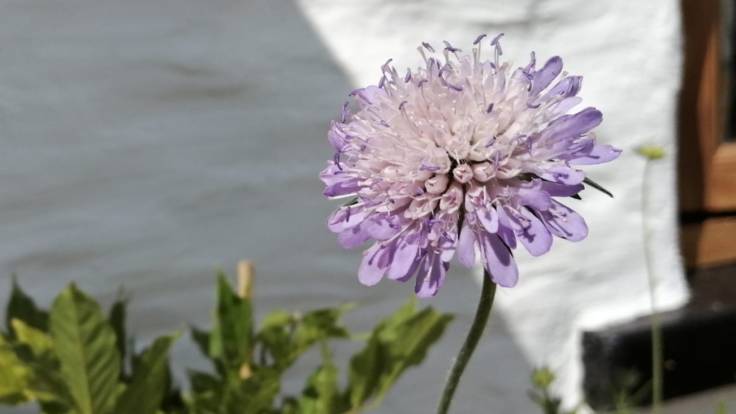
Field Scabious (Knautia arvensis) in a client’s garden
Pricing
Consultancy
- Day rate
£400 - Hourly rate
£75 - Introductory online consultation
£120
(1 hour, client provides photos & videos in advance)
Design
| Service | Pricing | Details |
|---|---|---|
| Initial meeting | Free | Online meeting to outline project and explore if we can work together. |
| 1. Site survey | £600 | Full site survey, report & outline plan. Either online or on-site. Report & plan provided online. Mileage 45p per mile. |
| 2. Garden design | £2-4,000 approx | Detailed CAD planting plan, with sketches, full costing & whole garden quote. Detailed plant spreadsheet, including suppliers, schedule & management. Includes meetings & revisions. Price depends on size & complexity of garden and also the level of detail in the design. |
| 3. Garden design & installation | £10,000+ approx | Includes garden design, hard landscaping, planting and management. Price depends on size of garden, type and quantity of materials. |
The site survey gives you an overview of ideas.
Talks
- Existing talk, virtual or in-person
£150 - New, bespoke talk
£300
Costing
Each job is costed individually and not by a day rate. The cost of a design really depends on the level of detail required. I can provide anything from an outline canopy and windbreak plan to detailed border planting plans with costings & suppliers.
In total, it takes about 1-2 weeks to create a garden design, with good client communication.
To help with a rough estimate of design and landscaping a 1 acre forest garden, I gave a talk in February 2021: natureworks.org.uk/talks/costing
Approach
It is important to listen, to where the client wants to go and where the land will take you.
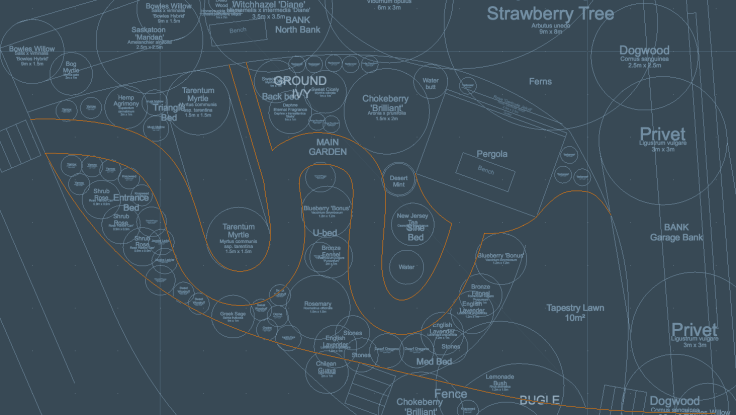
Early draft of the ornamental, scented & wildlife Clifftop Garden
- All notes are shared anonymously onlne, this is my template grwd.uk/template.
- To survey the land, I use satellite photos for a general outline, and take measurements physically.
- I also work from photographs and videos, supplied by the client when working remotely.
- Liasing closely, I help the client draw up a wishlist of features and plants.
- Images & inspiration are shared via a Pinterest board.
- The plants are organised on a shared Google spreadsheet eg bit.ly/clifftop-plants
- The design is created using CAD, and shared as a PDF file via the online notes.
- Finally, the schedule is managed in the notes or the Google spreadsheet.
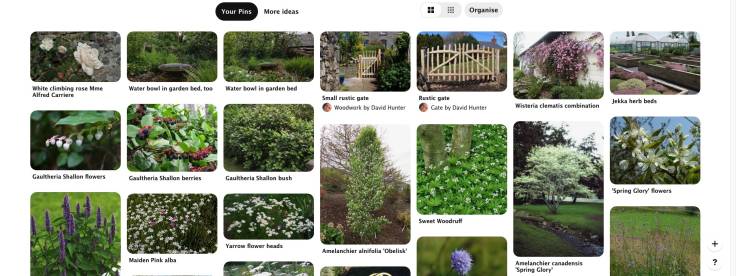
Pinterest is a useful tool for collecting & sharing ideas
For an example of the online notes, Google Sheets and Pinterest working together, please see the Clifftop Garden.
What is a forest garden?
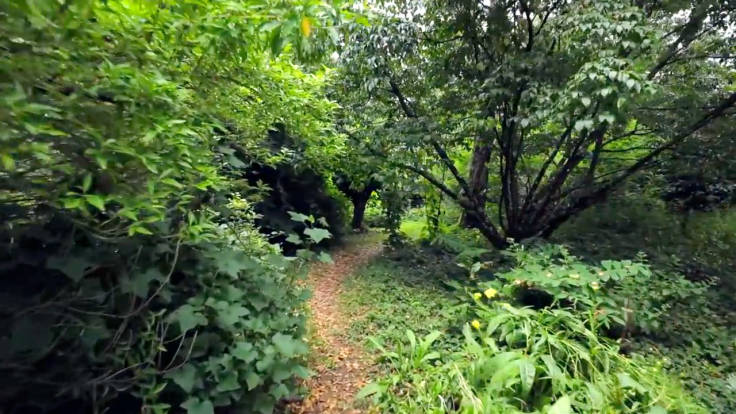
Still from Thomas Regnault’s short film of Martin Crawford’s forest garden
Definition
A forest garden works with nature to grow edible crops. It is sustainable, low maintenance and wildlife friendly and emulates the woodland edge using edible perennial and ground cover plants. Essentially, it is an edible ecosystem.
It is also called a food forest or edible landscape.
Characteristics
- Sustainable — provides its own nutrients and pest control
- Productive — range of harvests from multiple layers
- Wildlife friendly — biodiversity encouraged, native plants where possible
- Layers — use all available space
- Perennial — lower maintenance, more nutritious
Features
- Windbreaks — integral hedges & dead hedges
- Spacing — enough for lower storeys
- Ground cover — ultimately permanent living cover
- Nutrients — supplied by garden system plants
See Thomas Regnault’s short film of Martin Crawford’s garden for a more visual introduction: